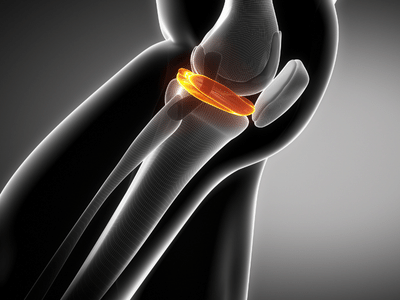KNEE COMPLAINTS
Knee pain and knee complaints are the most common leg injuries.
The cause of knee complaints rarely are located in the knee itself. Knee complaints often occur because the hip, ankle or foot cannot move optimally. The knee, which lies between these joints, will try to compensate for this, resulting in an overload of the knee.
ANATOMY
The knee is a stable and robust joint between the femur, your shin and your kneecap. Inside the knee are your anterior and posterior cruciate ligaments and your two menisci. These structures provide a lot of stability to your knee and protect your knee from serious injuries. On either side of the knees are the knee ligaments.
Compared to the hip or ankle, the knee has limited movement. The main movement in your knee is bending and stretching. Your knee can also rotate and move a little bit lateral. This rotation is essential for moving the knee but is often overlooked in the treatment of knee complaints.
KNEE INJURIES
PATELLA FEMORAL PAIN SYNDROME
KNEE LIGAMENT INJURY
RUNNER’S KNEE
KNEE TENDON INJURY
MENISCUS INJURY
OUR TREATMENT
As you may have noticed, most knee complaints originate in the ankle or hip. So just treating the knee is not going to solve your knee problem. It is important to examine the entire kinetic chain to find out where the problem really comes from.
We will look for the underlying cause of your knee complaint in order to solve it. In addition, you will receive targeted exercises that ensure that your knee becomes stronger than ever before.
If you have any questions about your knee complaint, please feel free to contact one of our therapists. Often we can already give you useful tips that reduce your complaints immediately.

















